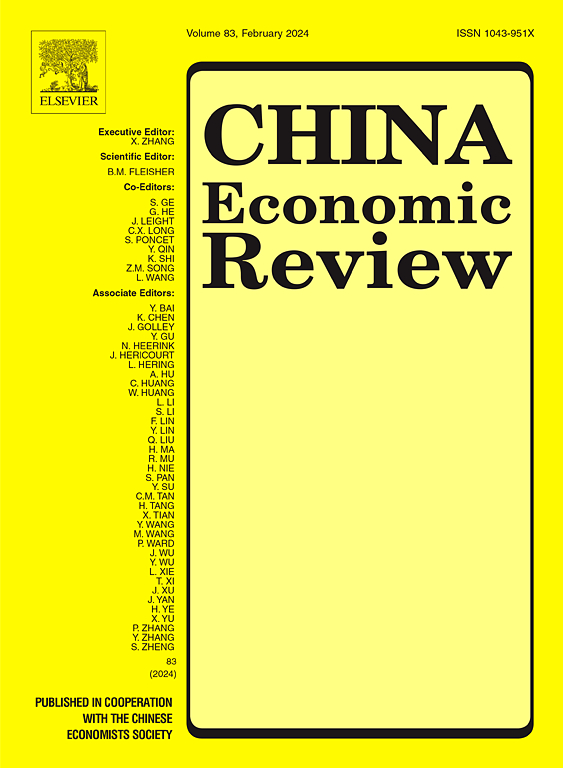几个世纪的记忆:历史灾难和现代家庭储蓄
IF 5.5
1区 经济学
Q1 ECONOMICS
引用次数: 0
摘要
本研究探讨历史灾害对当代中国家庭储蓄率的影响。本研究使用了一个独特的数据集,结合了明清(1368-1911)和中国家庭面板研究的详细灾害记录,揭示了历史灾害显著提高了当代家庭储蓄率。稳健性测试证实了这一结果。机制分析表明,风险偏好是一个关键渠道:历史灾害增加了风险厌恶,从而增强了预防性储蓄的动机。建立了文化传播的理论模型,异质性分析表明,在文化传播渠道更多样化的地区,这种效应更强,体现在儒家文化和宗族文化更根深蒂固。通过结合历史和文化的视角,本研究为中国观察到的持续高的家庭储蓄率提供了一个新的解释。本文章由计算机程序翻译,如有差异,请以英文原文为准。
Centuries of memory: Historical disasters and modern household savings
This study examines the impact of historical disasters on contemporary household saving rates in China. Using a unique dataset that combines detailed disaster records from the Ming and Qing Dynasties (1368–1911) and China Family Panel Studies, this study reveals that historical disasters significantly increase contemporary household saving rates. Robustness tests confirm this result. Mechanism analysis suggests that risk preference is a key channel: historical disasters increase risk aversion, thereby strengthening the motivation for precautionary saving. A theoretical model of cultural transmission is developed, and heterogeneity analysis shows that the effect is stronger in regions with more diverse cultural transmission channels, as reflected in more deeply rooted Confucian and clan cultures. By incorporating historical and cultural perspectives, this study offers a novel explanation for the persistently high household saving rates observed in China.
求助全文
通过发布文献求助,成功后即可免费获取论文全文。
去求助
来源期刊

中国经济评论
ECONOMICS-
CiteScore
10.60
自引率
4.40%
发文量
380
期刊介绍:
The China Economic Review publishes original works of scholarship which add to the knowledge of the economy of China and to economies as a discipline. We seek, in particular, papers dealing with policy, performance and institutional change. Empirical papers normally use a formal model, a data set, and standard statistical techniques. Submissions are subjected to double-blind peer review.
 求助内容:
求助内容: 应助结果提醒方式:
应助结果提醒方式:


